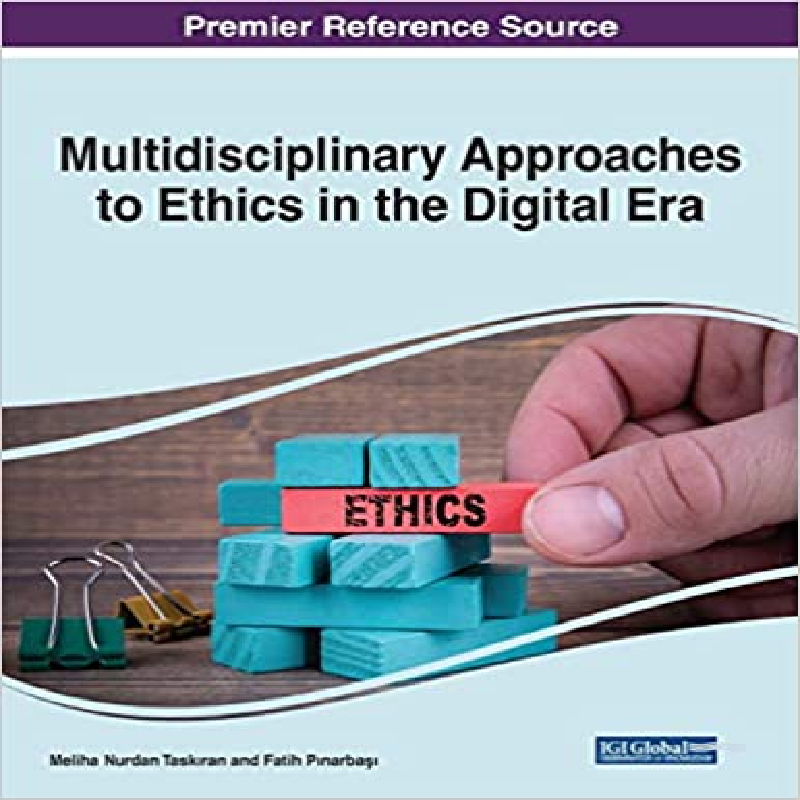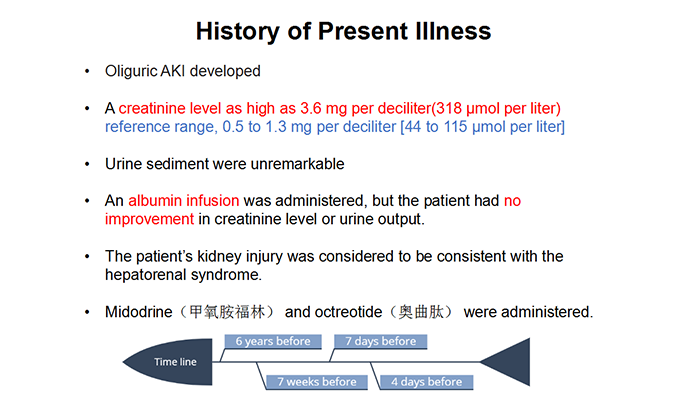Title: Acellular Dermis: The Unique Properties and Widespread Applications
Acellular dermis, also known as acellular skin, is a unique medical product with a wide range of applications in healthcare. It is derived from the skin of animals, specifically pigs, and undergoes a rigorous process of decellularization to remove all cellular components. The resulting product is an acellular matrix that retains the natural structure and shape of the skin, but without any cellular material.One of the most significant properties of acellular dermis is its biocompatibility. It seamlessly integrates with the surrounding tissues, providing a stable environment for cell growth and differentiation. This property has made it an ideal material for use in wound healing, where it acts as a scaffold for new cells to grow on and heal the damaged tissue.Another notable property is its mechanical strength. The acellular dermis matrix is strong and resilient, able to withstand the forces exerted on it without breaking down. This quality makes it suitable for use in surgical applications, where it can provide structural support to damaged tissues or organs.The widespread applications of acellular dermis are numerous and diverse. It has been used in a variety of healthcare fields, including dermatology, plastic surgery, and veterinary medicine. In each of these fields, it has demonstrated its ability to promote healing and improve the quality of life for patients and animals alike.For example, in dermatology, acellular dermis is used to treat a range of skin conditions such as burns, wounds, and skin grafts. It provides a stable environment for skin cells to grow and proliferate, ultimately restoring the skin to its healthy state. In plastic surgery, it is used to enhance the appearance of the skin, providing a smooth and natural-looking surface that can help patients feel more confident in their appearance.In veterinary medicine, acellular dermis has also found a role. It can be used to treat wounds and burns in animals, providing a safe and effective way to promote healing and reduce the risk of infection. The versatility of this product means that it can be tailored to meet the specific needs of each patient or animal, providing a customized and personalized treatment option.Overall, the unique properties and widespread applications of acellular dermis make it an invaluable tool in healthcare. Its ability to integrate seamlessly with the surrounding tissues, provide structural support, and promote healing are all qualities that contribute to its success in such a diverse range of applications.
Acellular dermis, also known as "off-the-face" or "dead" skin, is a naturally occurring substance that has numerous applications in the fields of medicine, biotechnology, and cosmetics. This article will explore the unique properties of acellular dermis and how it can be used to improve human health and well-being.
Acellular dermis is derived from the skin of animals, most commonly pigs or humans, and is produced through a process of removing the living cells and replacing them with a matrix of collagen and elastin. This process leaves behind a transparent, thin sheet of skin that is rich in protein and has a structure that closely resembles the human skin. The absence of living cells makes it an ideal material for medical applications, as it can be safely implanted into the human body without the risk of rejection or infection.

One of the most significant applications of acellular dermis is in tissue engineering. Tissue engineers use this material to create new tissues and organs that can be transplanted into patients to replace damaged or missing parts of their bodies. For example, acellular dermis has been used to create new eyelids, noses, and even faces for patients who have undergone severe facial trauma or have congenital defects.
Another application of acellular dermis is in the field of dermatology. Dermatologists use this material to treat skin diseases and conditions such as psoriasis, eczema, and acne vulgaris. By implanting acellular dermis into the skin, it can help to regulate the immune system and reduce inflammation, providing relief from these common skin conditions.
In addition to its medical applications, acellular dermis also has a role to play in the beauty industry. Many cosmetics companies use this material to create anti-aging products that can help to smooth fine lines and wrinkles, improve skin elasticity, and reduce the appearance of scars and stretch marks. The protein-rich matrix of acellular dermis can help to stimulate skin cell regeneration and improve the overall health of the skin.

Another interesting application of acellular dermis is in the field of burn treatment. When someone experiences a severe burn, the damaged skin can be replaced with a patch of acellular dermis that acts as a temporary cover while the body heals. This approach can help to reduce the risk of infection and promote healing, often with minimal scarring.
In conclusion, acellular dermis is a unique and versatile material that has numerous applications in the fields of medicine, biotechnology, and cosmetics. Its ability to regulate the immune system, promote healing, and improve skin health makes it an invaluable tool for addressing a range of human health issues. With continued research and development, it is likely that we will see even more applications for acellular dermis in the future.
Articles related to the knowledge points of this article:
Title: The Central Drama Academy Down Jacket: A Fashion Icon
Lightweight Down Jackets: A Fashionable and Practical Winter Clothing Option
Title: Comparing the Different Types of Ties: A Guide to Understanding Their Distinction



